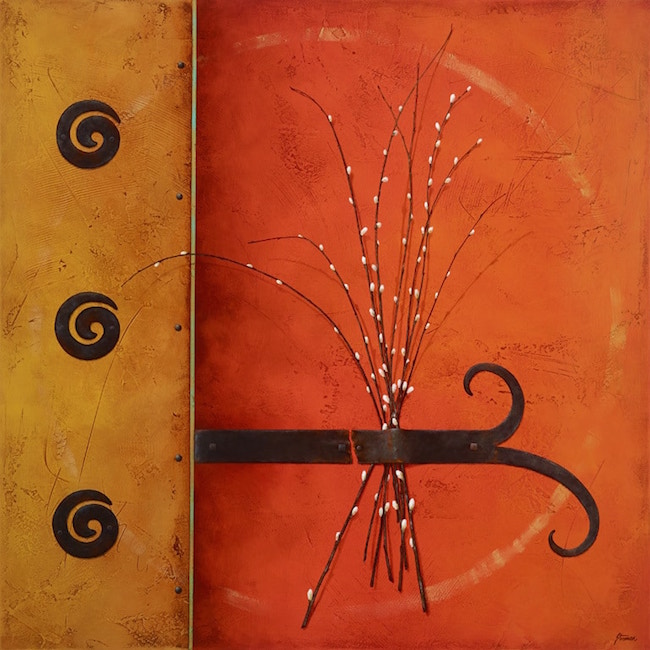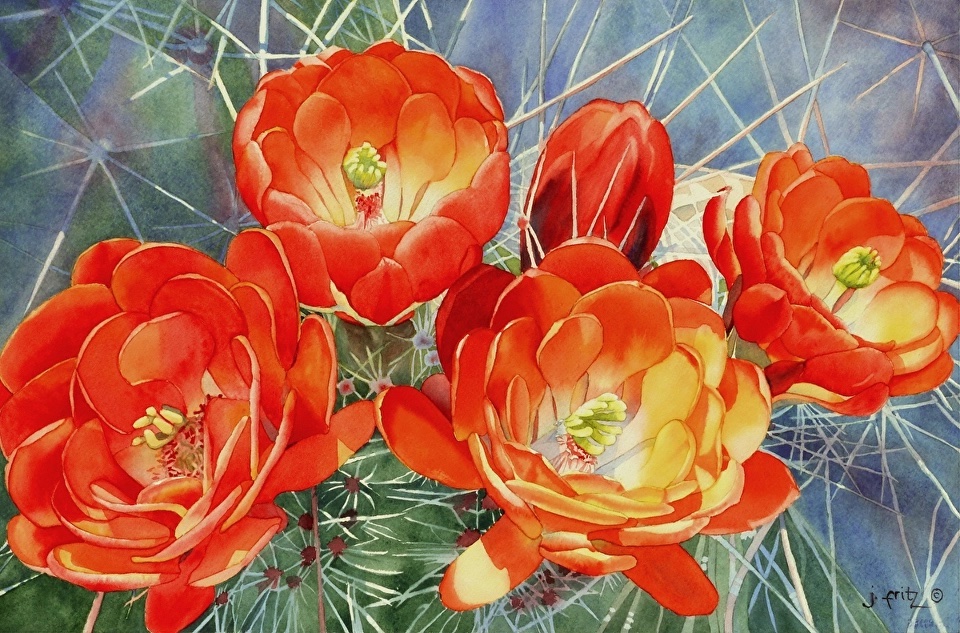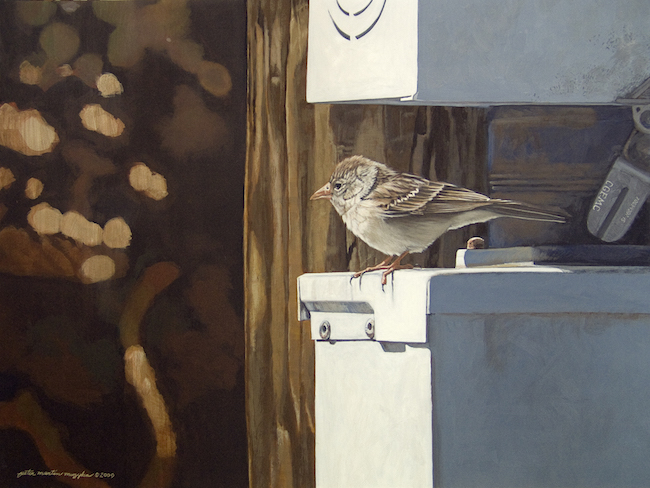Email is terrific. It’s fast, inexpensive, and connects to other online resources. But along with email comes a few headaches—primarily, and I don’t have to tell you this, too much of it.
It’s stupidly easy to type up a message and press send. Everyone does it. Every day. And they’re doing even more of it right now because even more of our lives are lived in the digital space while we are staying at home. That means there is a dizzying number of emails flying over the airwaves.
How can you make sure your email is being seen by those you want to stay connected to? You can’t.
I don’t want you to discount email completely, but it seems like a good time to try a different tactic—to revisit a strategy for sending real mail that lands in a real mailbox.
4 Reasons You Should Send Real Mail Now
There are 4 reasons why I’m raving about real mail to my students, members, and private clients.
1. Real mail is tactile.
Envelopes and postcards are things you can touch. You can cut, tear, and unpack a package (sometimes you can even smell it).
Handwritten notes enhance your emotional bond with recipients—something that can’t be duplicated with email. I can’t think of a single email, regardless of how kind it was, that evokes the same level of emotion as a piece of mail with handwriting.
This tactile quality is as important to you as to the recipient. I am certain you will experience more joy writing a single note or shipping a single package than you will sending 500 emails.
Couldn’t we all use a little more joy right now?









